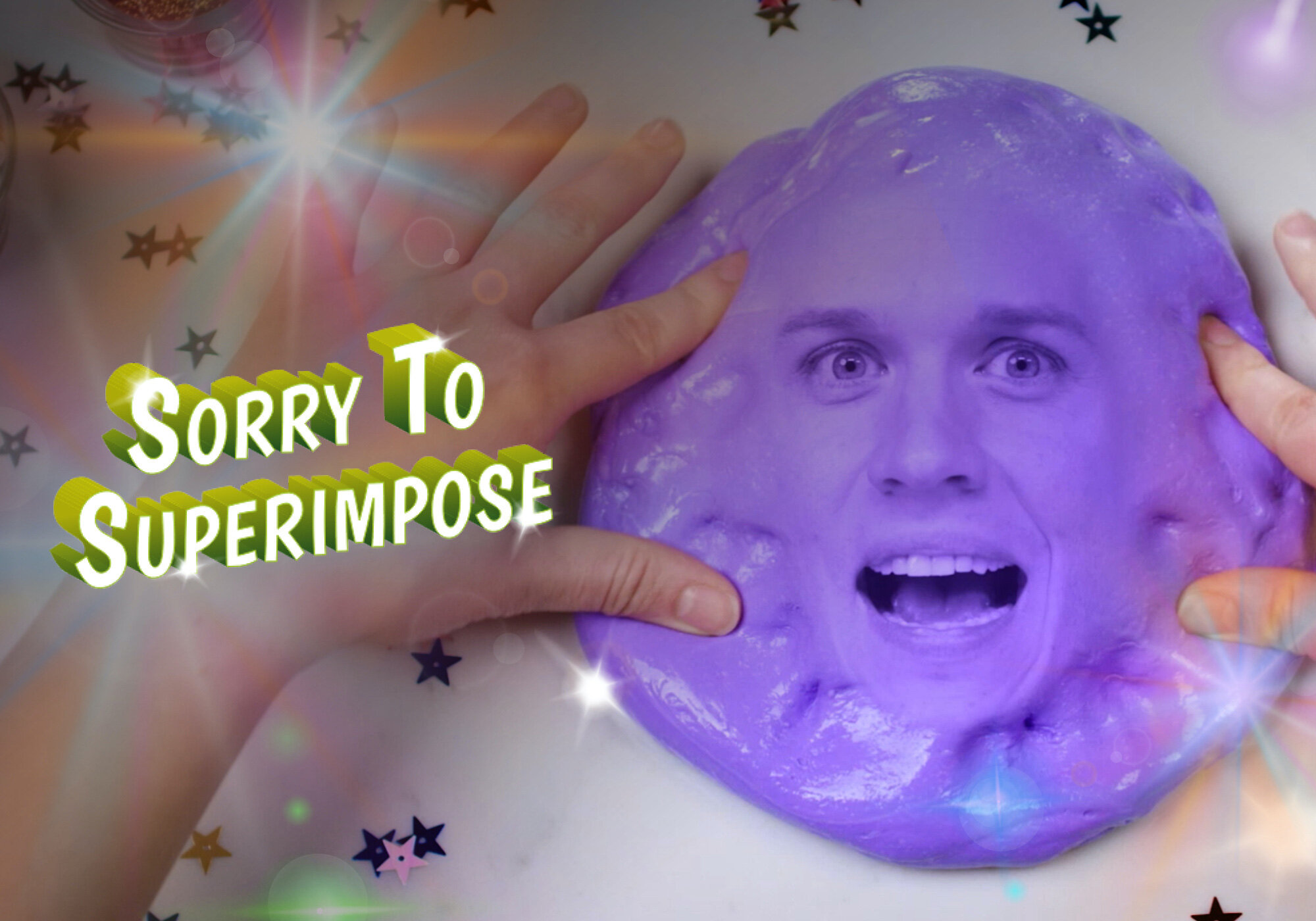
The situation
Everyone gets acne, right? But not everyone gets—or even understands—severe recalcitrant nodular acne (SRNA) and the impact it has on patients. This type of acne is more than just skin deep, and it dictates every aspect of these patients’ lives, threatening to negatively shape not only their daily lives, but their futures too. These patients hide from the world and turn to Googling remedies that may be able to cure them. Many of them have failed treatment after treatment and are losing hope for a future not plagued by their condition. In a market flooded with generics, ABSORICA LD needed to find a way to truly stand out and provide the information that could help those who are suffering reclaim their lives and move beyond their breakouts.
The insight
Severe acne is a condition that can negatively impact teens and young adults at a time when they’re just forming their own identities. Every day, acne sufferers battle the monster that is SRNA and begin to see themselves as a monster, too. They are scarred physically and emotionally by their acne, feel isolated and angry, and have become resigned to living a lesser life. They are active researchers and desperate for help to clear their skin, but they worry that no one really gets what they’re going through.
More than 20 million teens and young adults struggle to find an answer for their severe persistent nodular acne. They try everything. Creams. Pills. Washes. Antibiotics. Nothing works. They feel like their skin has taken over their lives. Little do they know that they can find an answer in a place they already spend so much time: YouTube.
The solution
In our campaign, “Sorry to Superimpose,” we were able to explain to teens and young adults that they don’t have to just live with their acne. We helped them understand that clearer skin is possible if they find the right treatment. However, we also had to stand out in the sea of YouTube, which is full of cute cats/celebrity secrets/hilarious dance moves/head-scratching prank videos. With the help of our partners, we analyzed and targeted millions of individual YouTube videos based on content, tone, description, and title. From those learnings, we identified our target audience’s favorite content, like fashion, sports, dorm life, video games, and slime. Yeah, slime.
From there, we started making videos. We leaned heavily into the DIY TikTok/YouTube aesthetics of our target audience and created a campaign that is a little odd in execution but big in personalization by creating preroll ads that don’t feel like preroll ads. Additionally, these videos felt like pieces of content that our audience might watch and even create, which maximized the authenticity and personalization we know is critical to capture the 8-second attention span of our Gen Z audience.
The results
We were so proud to launch a campaign with relatable and highly trackable content that drove curious and qualified users to a branded environment with the goal of disease education and CRM enrollment.
This campaign is projected to reach nearly 3.4 million users.

